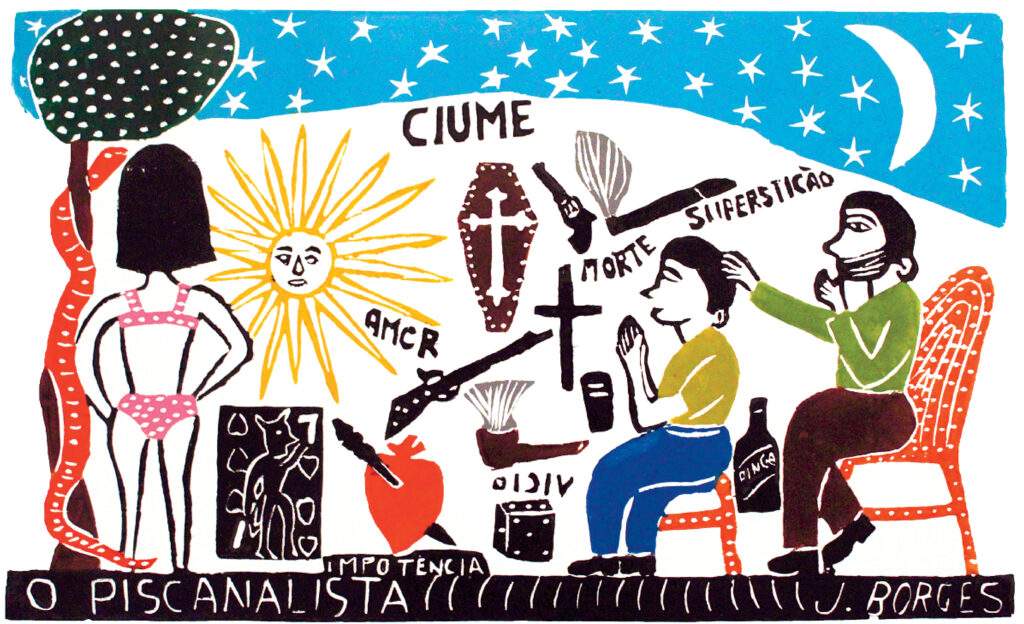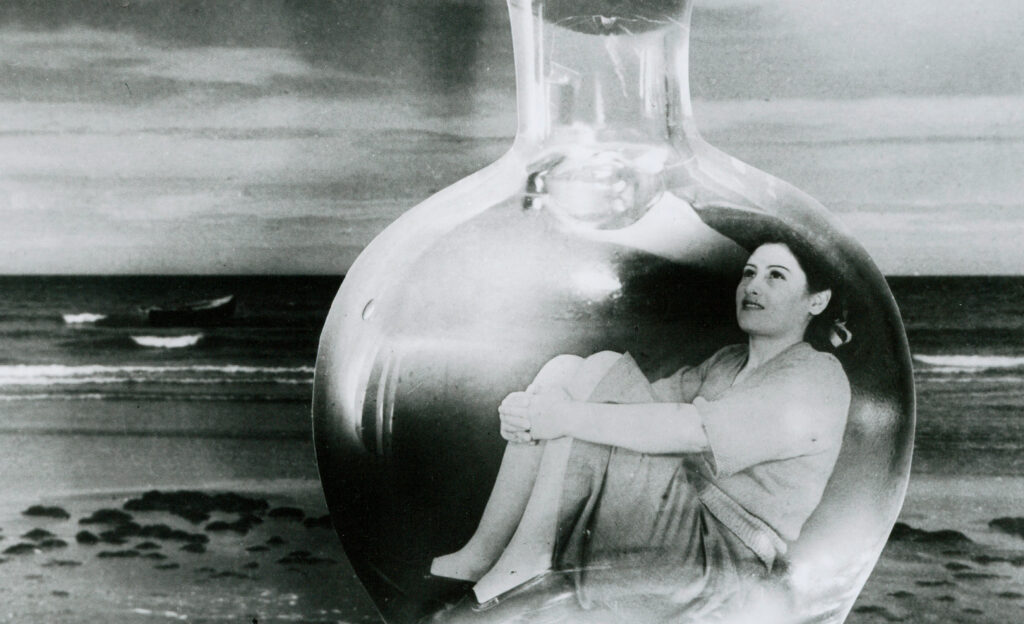This article is adapted from AQ’s special report on Latin America’s ports
Argentina loves to go to therapy. And not just any kind of therapy—Buenos Aires, the capital, has the world’s highest proportion of psychoanalysts: around 1.2 for every 100 inhabitants by 2013.
But Argentina is not the only Latin American country that has been captivated, at some point in history, by the ideas of Viennese neurologist Sigmund Freud (1856-1939), the founder of psychoanalysis.
In 1940s Brazil, for example, the psychiatrist Gastão Pereira da Silva found an unconventional method of popularizing one of Freud’s most famous and controversial theories—that our dreams, if properly interpreted, are a window onto the unconscious desires that shape our lives in ways we often don’t recognize.

Freud had his patients relate their dreams to him from the couch, in regular therapy sessions, hoping to help them reckon with the repressed desires that were causing their unhappiness. But Pereira opted for a more public approach: He hosted the radio show The World of Dreams, where callers had their dreams analyzed live on air.
Pereira is just one of the figures described in Freud in Latin America, an exhibition at the Freud Museum in the doctor’s final home in London. His closest relationship in the region was with Honorio Delgado, a Peruvian doctor whom Freud considered his “first foreign friend,” with whom he exchanged letters for more than a decade. By the 1930s Delgado had become a vocal critic of psychoanalysis, which he thought had become a dogmatic ideology averse to scientific research, but until then he actively promoted psychoanalytic theories in Peru and throughout Latin America.

Freud and Latin America
Freud Museum London
Curated by Jamie Ruers
On view through July 14, 2024
And yet psychoanalysis never captured Peruvian society the way it did Brazil and Argentina. It’s easy to see why: Fresh waves of European immigrants to these latter countries around the turn of the 20th century brought with them new ideas from the Old World. Several early Argentine psychoanalysts came directly from Vienna.
The Southern Cone and Brazil also had larger middle classes than Andean nations like Peru, Bolivia, Ecuador and Colombia, where socioeconomic power lay in the hands of a conservative, white, landowning few, while the Indigenous majority was kept in poverty. This was far from an ideal atmosphere for psychoanalysis, which seemed to encourage individual liberation and the questioning of authority. No doubt Peruvian hacendados in the 1950s would have found the idea of discussing their sexual repressions not just transgressive, but dangerous.

Freud’s enduring legacy in Argentina is an interesting example of how certain theories can take root in the national culture. But why are Argentines still such enthusiasts of psychoanalysis, when it has fallen so out of fashion elsewhere? Maybe politics has something to do with it: Freud came up with psychoanalysis to treat people’s repetitive compulsions, and since the mid-1940s, Argentina has been trapped in a cycle between Peronism and anti-Peronism.
Although it has become more socially acceptable to go to therapy among Latin America’s middle classes, psychoanalysis remains a niche treatment, seen as old-fashioned. The region is instead seeing an increasing use of antidepressants and anti-anxiety medication to treat mental ailments, in line with trends elsewhere.
What about the future of psychoanalysis in Latin America? Politically, psychoanalysis has always been more associated with the left, as both represent challenges to established structures of power. So the recent emergence of a culturally conservative Latin American right, largely fueled by a deteriorating security environment throughout the region, suggests that psychoanalysis is unlikely to make a comeback anytime soon.





